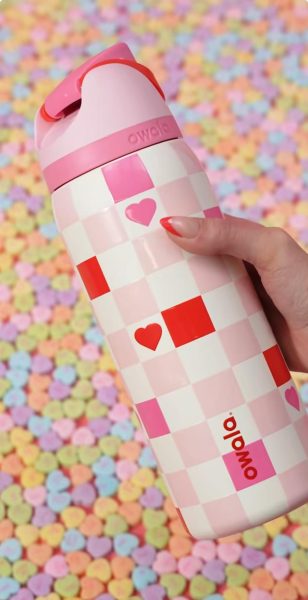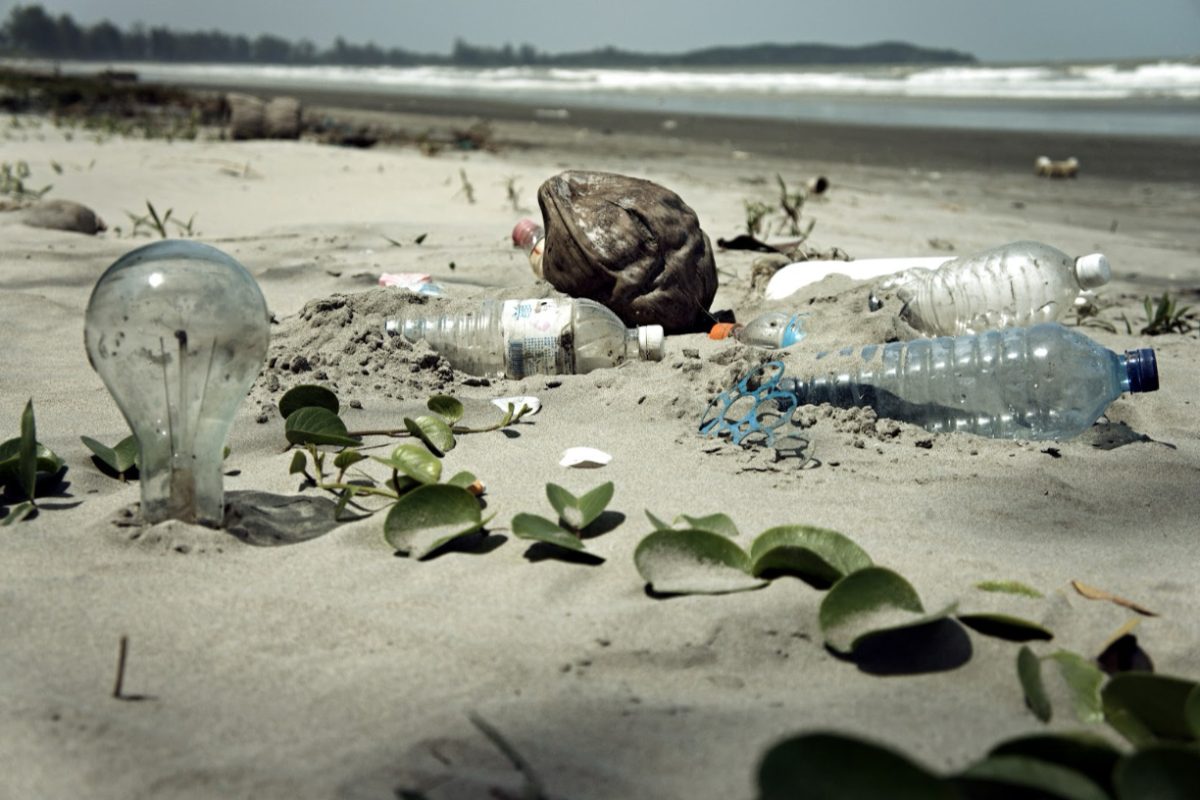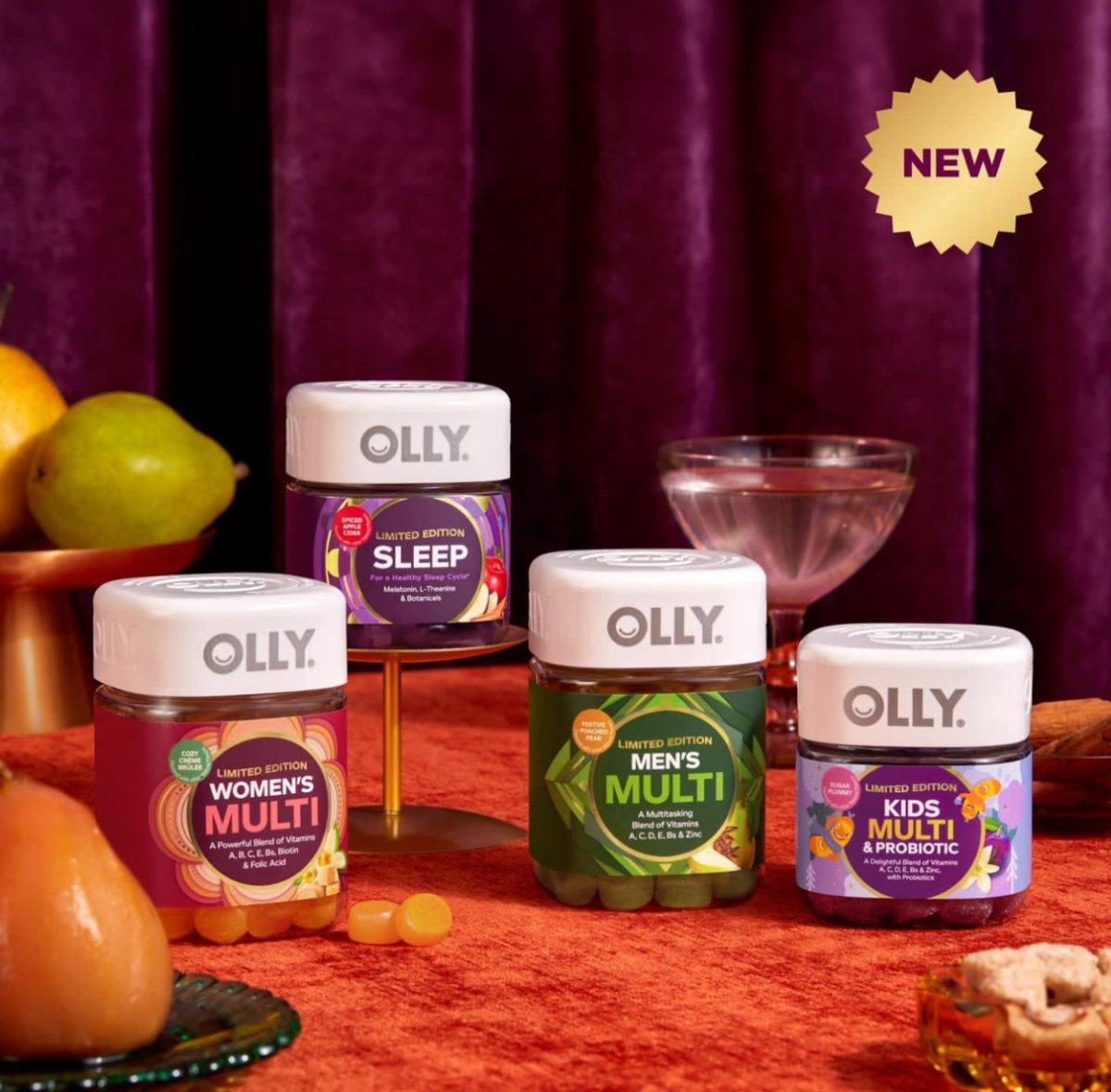These days, whenever I see someone holding a plastic water bottle at school, I am still shocked. I thought that we all moved on to reusable water bottles to make a difference in the world we live in!
While I understand that some people forget to pack water in the morning or run out of water as the day goes on, and this is reasonable, but others don’t even consider using a reusable water bottle.

I will admit, both plastic bottles and reusable bottles have their pros and cons.
For plastic bottles, the pros of affordable cost, convenience, and recyclability tend to be outweighed by the much more dangerous cons of negative environmental impacts, and health risks,
Freshman Kaelyn Campanero said, “The cons to using plastic water bottles are the dangers that they bring to the environment around us. Although we use them in our daily lives we don’t realize the dangers they are bringing. Tons of toxic chemicals are being put out into the world as we use plastic water bottles.”
About 430 million tons of plastic is produced every year in the whole world, which weighs a lot more than the combined weight of all human beings.
Plastic that doesn’t get reused or recycled does not break down chemically, instead it breaks apart to form microplastics, which become a part of the world. Over the past few years, scientists have found a large amount of microplastics in the ocean, in snow and rainfall, in the air that us humans breathe, and even in parts of the human body.
To help lower the dangers caused by plastic, you can use reusable bottles instead. Not only do they save money, are durable, and protect the drinker from microplastics and toxins, but they have a positive environmental impact as well.
Based on the average American’s consumption of single-use plastic water bottles, if someone were to use a reusable water bottle everyday for a year, they could prevent an estimated 156 plastic bottles from going to a landfill.
However, the main issue people have found with using reusable bottles is that bacteria and mold can develop if the bottle is not cleaned properly. But as long as you clean your bottle thoroughly and regularly, the chances of growing bacteria and mold are slim.
Looking at the negatives and positives of both bottle types, not only do I prefer reusable water bottles because the pros outweigh the cons, but they are just a better option for everybody.
If you’re looking for a solid brand of water bottles, I highly recommend products from Owala. They have so many fun, colorful bottles, and their prices are quite fair for the quality.
A 24 oz water bottle from Owala costs about $28, but a water bottle of the same size from a known brand like Hydro Flask costs about $40. That’s $12 saved by buying an Owala product instead of a Hydro Flask product, even if both are good choices.
Leah Caballero ‘27 said, “[Owala products are] very convenient to sip however you want, whether through a straw or through the hole. It has a cute handle and it carries enough water for me to stay hydrated at school and any after school activities.”
You might be thinking, $28 for a water bottle is too expensive. But even if you run out of water at school, you can refill your bottle using the water fountains that can be found around campus for free instead of constantly buying a new bottle.
The plastic water bottles here at school cost $2. It might seem like a decent price, but if you buy a bottle of water everyday for 2 weeks, it pretty much adds up to the same price as the reusable bottle, except you can keep using this bottle for as long as it lasts. Plus the cost on the environment from using so many single use bottles is much higher than $28.
Plastic bottles are not beneficial to the environment or to humans, so consider switching to the use of reusable water bottles. Remember, plastic ain’t classic.













